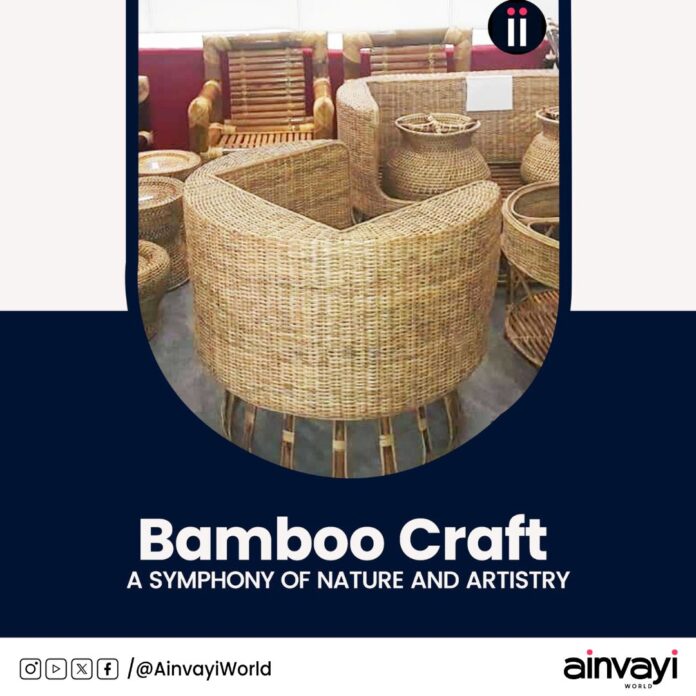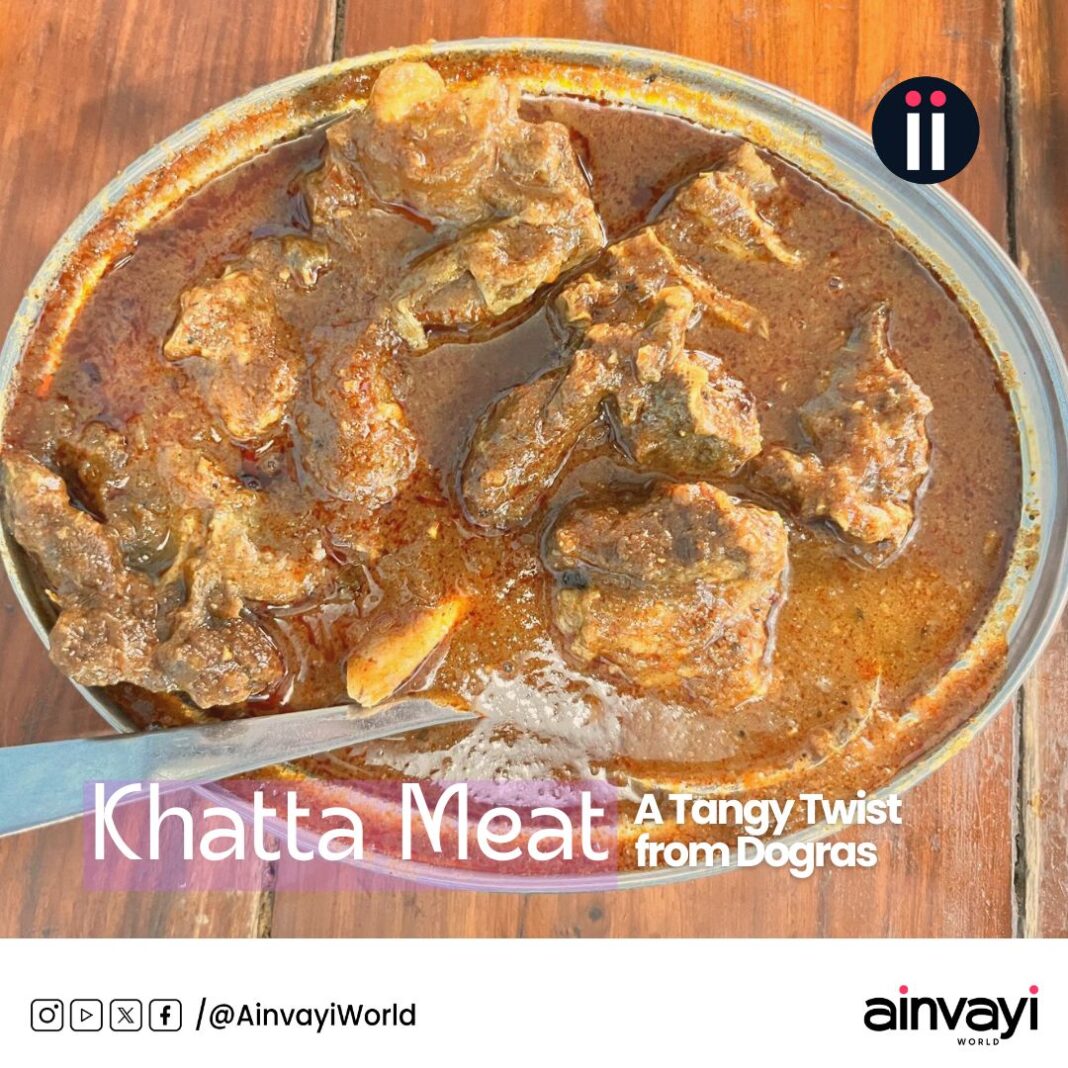A Symphony of Nature and Artistry from Jammu Division
Introduction
Set against the bamboo-rich landscapes and artistic legacy of the Jammu Division in Jammu and Kashmir, India, Bamboo Craft has quietly woven its way through time, securing its place in the fabric of local life. Recently, this cherished tradition has found a new lease on life, captivating markets beyond Jammu and drawing renewed admiration for its craftsmanship. As we explore Bamboo Craft’s uniqueness, its socio-economic and ecological significance, and its deep historical roots, we find a vibrant intersection of heritage and sustainability.
The Core of the Craft
Often hailed as ‘green gold’ or ‘the wonder plant,’ bamboos are at the core of this traditional handicraft. Characterized by towering arborescent grasses with fast-growing woody culms, complex branching, and robust rhizome systems, bamboos are remarkably resilient, thriving in varied climates and soils. Interestingly, the history of bamboos spans continents and centuries.
As a vital non-timber, renewable, and low-cost natural resource, they play a significant role across a wide range of industries, including furniture, pulp and paper, engineering, construction, handicrafts, medicine, food and fodder, beverages, insecticides, and household goods.
India is home to over 100 bamboo species across 20 or more genera, many of which are endemic. In fact, the Jammu Division alone boasts of upto ten indigenous and exotic species, such as Dendrocalamus strictus and Bambusa arundinacea, found predominantly in Jammu, Kathua, Reasi, Rajouri, Samba and Udhampur districts, serving as both a socio-economic and ecological asset.
Tracing the Legacy
Bamboo Craft in Jammu Division has roots that run deep. For generations, particularly in the Shiwalik and Kandi belts, locals have skillfully harnessed the potential of bamboo, crafting everything from practical items like hand fans and baskets to artistic pieces of furniture and décor. Each product, carrying the artist’s personal touch and regional influences, became an integral part of daily life as well as the cultural heritage. While the precise history of Bamboo Craft in Jammu Division remains elusive, its enduring presence speaks to its widespread appeal – traded, gifted, and cherished not only within Jammu Division, but also in neighboring regions and beyond.
What may have begun as a blend of utilitarian and artistic tradition, Bamboo Craft has evolved over time. Artisans have refined their craft, adopting new tools, techniques, and adapting to contemporary society’s needs. In times when ‘green’ and sustainability are increasingly valued, bamboo and its handcrafted products have become a way of life for many – providing artisans with a continued livelihood while allowing consumers to embrace eco-conscious choices.
The Art of the Craft
The transformation of bamboos into a piece of art demands a deep understanding of the material, skilled craftsmanship, and a meticulous process honed over time. From its careful harvesting to the final piece, bamboo undergoes a fascinating journey—evolving from a simple, natural resource into a unique blend of artistry and utility. The process is as much about preserving the bamboo’s integrity as it is about showcasing its potential, combining tradition with innovation.
1. Harvesting: Artisans select and harvest the ‘right’ kind of bamboo from the local forests.
2. Treatment: Once harvested, the bamboo is subjected to a thorough treatment process, including drying and boiling, to enhance its strength and resistance to pests, weather, and the effects of time. The bamboo is then cut and sized according to the specific requirements for each product.
3. Crafting: Bamboo’s smoothness, lightness, flexibility, and tensile strength make it ideal for weaving, bending, and shaping. Using only basic tools, artisans can transform bamboo into everything from intricate baskets to sturdy furniture.
4. Finishing: After the bamboo has been crafted into its desired form, artisans apply a natural finish to highlight its inherent beauty and protect the surface. Some products are left in their raw, natural state, while others are adorned with vibrant colors, intricate carvings, or decorative elements. This finishing touch adds a personal, artistic flair to each piece, making it one-of-a-kind.
The result is a handcrafted bamboo product that combines functionality with aesthetic appeal. Each piece tells a story – one of tradition, innovation, and deep connection to the material – while standing as a testament to the artisan’s skill, vision, and dedication.
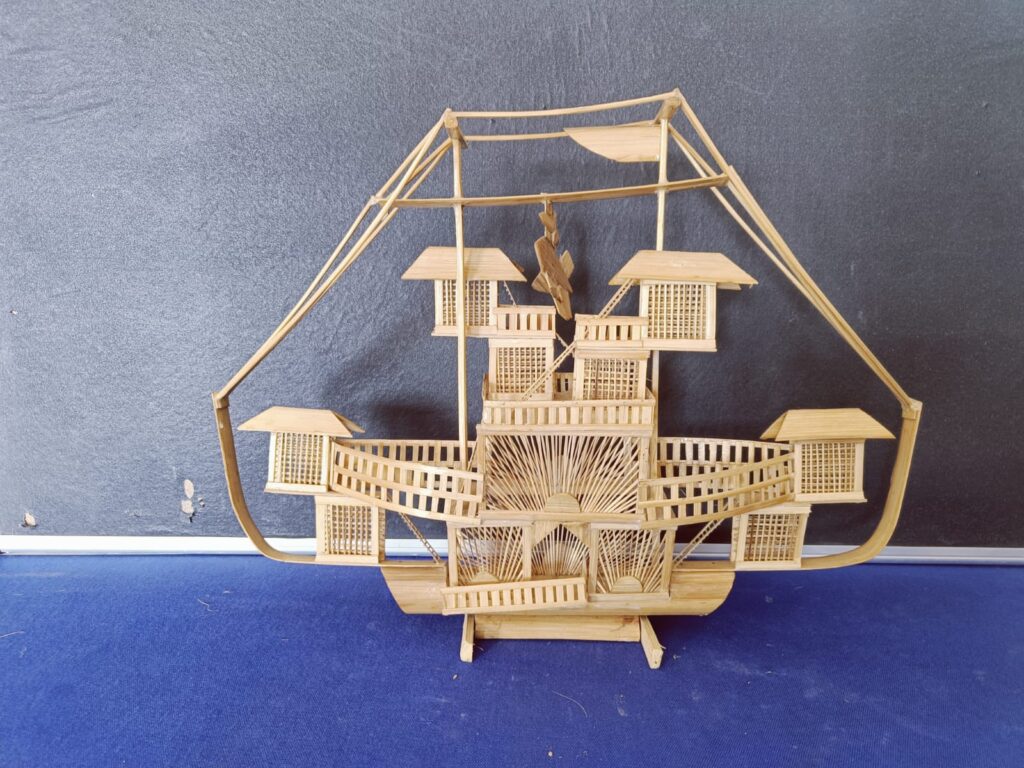
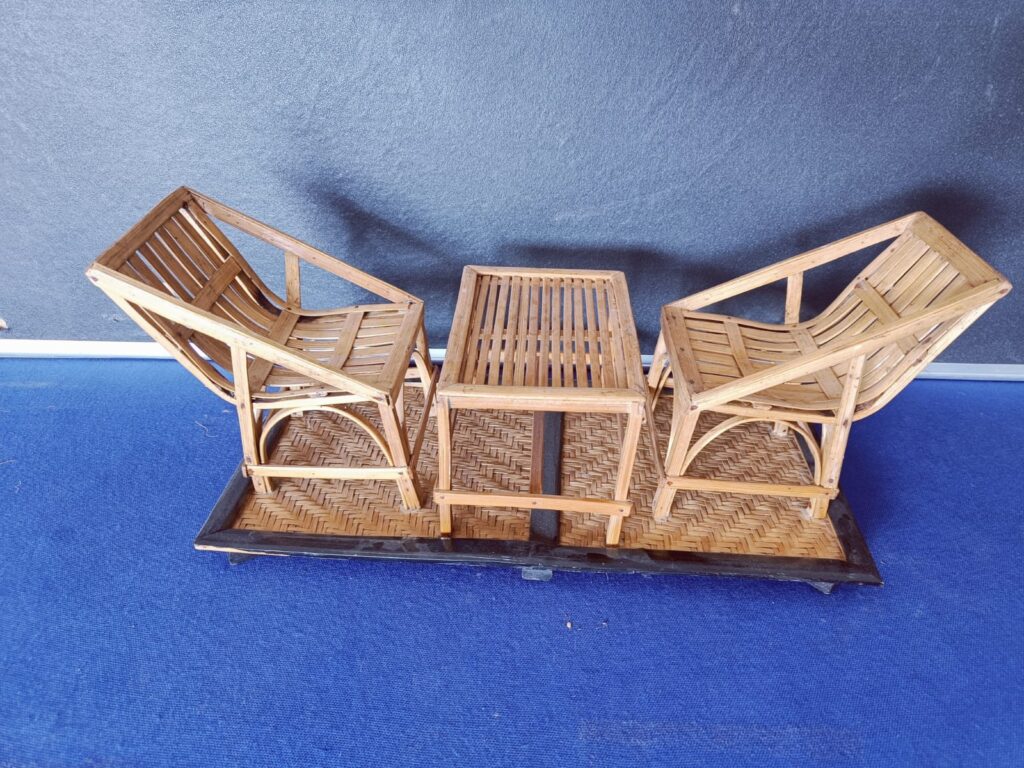
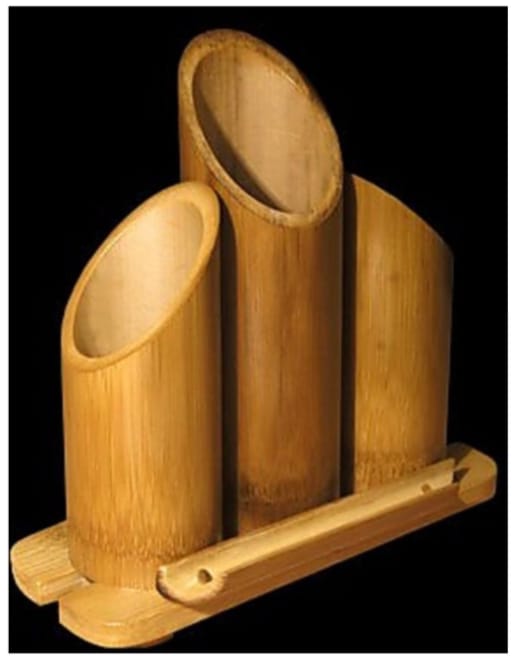
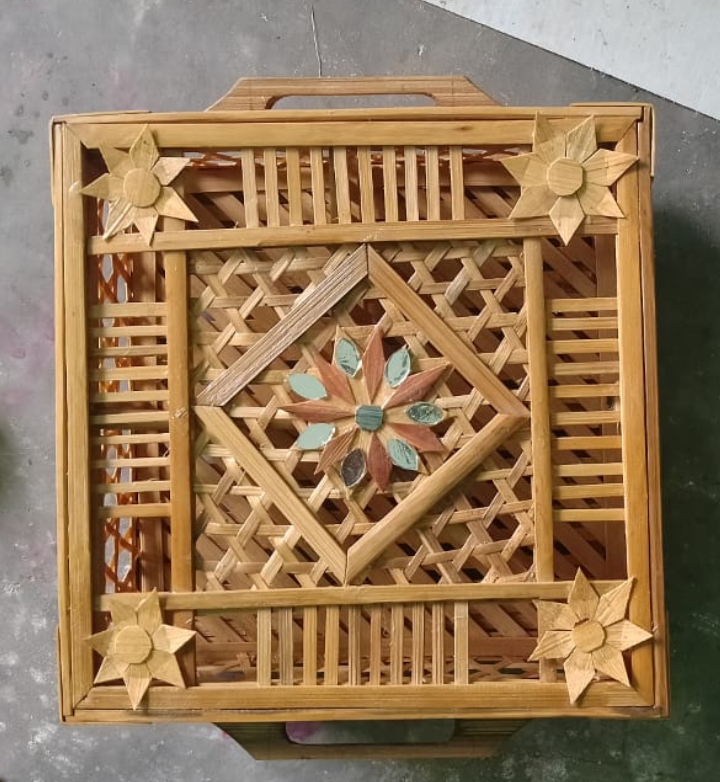
Diverse Product Range
Over the years, bamboo craftsmanship in Jammu has evolved to include a wide variety of innovative and sustainable products, each designed with a blend of tradition and contemporary style:
- Furniture: Bamboo artisans create elegant, eco-friendly pieces for modern living, including chairs, tables, sofas, stools, and mats, combining sustainability with beautiful designs.
- Utensils: Bamboo products in this category range from a variety of baskets, trays, containers, bowls, and cups to functional items like lunch boxes and bottles, all crafted for everyday use while promoting eco-conscious living.
- Decor: Handcrafted bamboo decor items add a touch of nature and culture to any space. Popular pieces include vases, flower pots, pen stands, mobile holders, table lamps, nameplates, switchboard covers, wall hangings, statues, replicas, and photo frames—each one a testament to the artisan’s creativity.
- Home Essentials: Bamboo is used to create functional yet aesthetically pleasing items such as dustbins, toothbrushes, brooms, and racks. These practical home essentials are crafted to provide convenience and style in an eco-friendly manner.
- Accessories: A range of stylish and sustainable bamboo accessories, including jewelry, hats, and bags, offer environmentally conscious options for everyday fashion, reflecting both utility and elegance.
Government Initiatives
Recognizing bamboo’s immense potential as both a livelihood and a cultural asset, the government has taken some steps to support the artisans and promote the bamboo craft. Programs such as the PM Vishwakarma Scheme, Karkhandar Scheme, and PMEGP provide artisans with financial aid, skill development opportunities, and marketing support to enhance their craft and reach broader markets. Recently, a Memorandum of Understanding (MoU) was signed between the Government of Jammu and Kashmir and the North East Cane and Bamboo Development Council (NECBDC) of Assam, aimed at promoting and developing Bamboo Craft in J&K. Furthermore, training centers and Common Facility Centers (CFCs) are being established, including a specialized CFC for bamboo incense sticks, to offer artisans access to the latest tools, techniques, and market connections.
However, for these initiatives to truly flourish, the support and benefits must reach all artisans, irrespective of their location or background. The government’s role is critical in ensuring that obstacles do not impede the empowerment of artisans, the sustainability of their livelihoods, or the preservation of this invaluable craft. Only through collective commitment can Bamboo Craft reach its full potential, benefiting both the artisans and the Jammu Division. While a start has been made, much more remains to be done.
A Cultural Treasure Rooted in Nature
Bamboo Craft is both a vibrant piece of cultural heritage and a valuable socio-economic asset for the Jammu Division and the nation. This craft reflects a harmonious blend of human ingenuity, a distinct charm of Jammu, and nature’s gifts, inviting us to celebrate the timeless elegance it brings into our lives. For anyone passionate about heritage crafts, Jammu Division’s bamboo artistry is a testament to nature’s beauty shaped by human hands.

